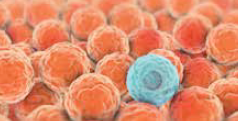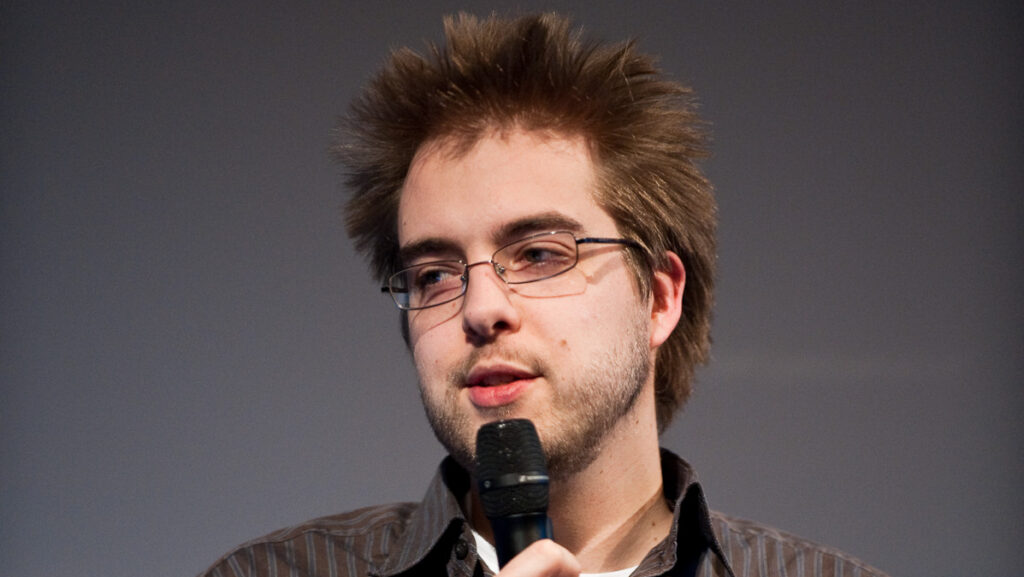The development of biocomputers has been a hot topic for a while. Bioengineers have spent decades developing different components and modules (made of biological material) that can be successfully embedded into living cells, controlling their functions. Imagine taking control of cancerous cells and reprogramming them to deny further duplication, saving the life of the host. Injecting neurons with small circuits made from biological material can be used to treat the many neurological disorders and more.
The possibilities with bio-computers are endless and most of them point to an impressive future of the capabilities of the human body. Bioengineers have been developing individual components and prototypes of biological computers for the last 20 years, but there are still a great many obstacles to overcome. The way biological circuits work are very different from their silicon brethren. Biological signals can be in more than two states. This is good, because the data complexity rises, but it’s also bad because it’s actually quite hard to read and analyze that date, expecially when scaled up.
At ETH Zurich, an international university for the study technology and natural sciences, a team has managed to develop several components that aims to become building blocks for precise biological computers. We look into a couple of those components developed at ETH.
Control over individual sensors
Nicolas Lapique, an ETH doctoral candidate under Yaakov Benenson, Professor of Synthetic Biology in the Department of Biosystems Science and Engineering at ETH, has developed a circuit that makes it possible to control every individual sensor, preventing the sensor from staying permanently active. It could be activated when desired using a control signal. This circuit has been tested on human kidneys and cancer cells. Further development of the circuit would make it possible to detect harmful cancer cells. If the detector comes across any such cells then the circuit would trigger and destroy those very cells. The healthy cells would of course be safe, in particular because they can also be tagged with a “safe” marker.
Precise biological converter
Laura Prochazka, another doctoral candidate under Benenson, has developed a precise and versatile biological signal converter. In electronic circuits, there is either current flowing or not flowing and the signals are always the same. This isn’t the case with biological circuits where the signals are different (different proteins or microRNA molecules). Hence, signal converters become essential between biological components. The developed signal converter also converts multiple input signals into multiple output signals.
The future of biocomputing can have modular biological components combined and changed at will, just like any plug-and play device. Current bioengineers will also be able to program circuits like regular software programming at a later stage. The applications of biocomputers are vast and it’s easy to let one’s imagination run wild with the possibilities that this technology has to offer.




